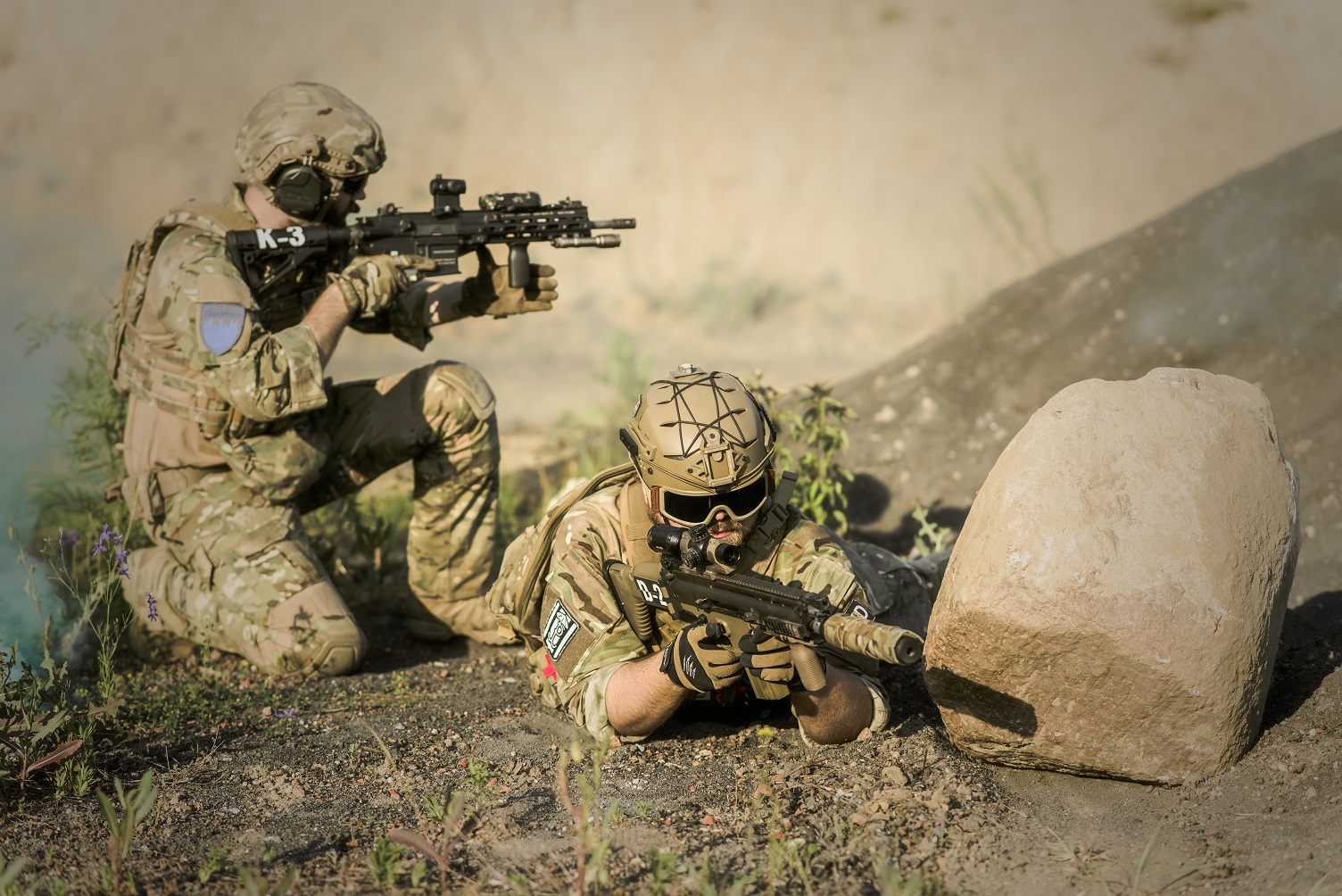Both soft and hard body armor can be used to line bulletproof vests. As a result of its effectiveness against high-caliber bullets, hard body armor is the standard issue for most police forces. Hard body armor plates consist of multiple layers of strong, long-lasting materials, including steel, ceramics, ceramic composites, polyethylene, bullet-resistant fibers, and occasionally Kevlar. Carrier bags, primarily nylon, are often included with bulletproof vests.
Despite manufacturers’ best efforts to make them as light as possible, hard armor plates weigh more than soft armor inserts because of the greater protection they provide. The plates can deflect high-velocity rifle fire, which requires heavier, more robust materials.
Does a bulletproof vest made of hard materials provide adequate protection from a knife attack?
It’s important to note that not all bulletproof vests are also resistant to stab wounds. You can consult the National Institute of Justice’s ratings to find out how effective a bulletproof vest is against a stab or slash attack. Unfortunately, not all varieties of bulletproof or hard armor plates are up to the task. Different types of body protection use various techniques to prevent projectiles from penetrating and inflicting harm on the wearer.
One type of bulletproof vest is made to stop a stabbing by catching the weapon in the act of striking rather than absorbing the impact. An edged weapon is utilized but cannot cut through the thick layers of material it must first penetrate. Additionally, the metal in the armor corrodes the blade, reducing its effectiveness even further. Put another way, the vest’s material may be pierced by the weapon, but the weapon itself nestles within the vest, protecting the wearer from harm. However, not all bulletproof materials are created equal. Some can block a gunshot but not a pocketknife.
For more articles, please click here.

